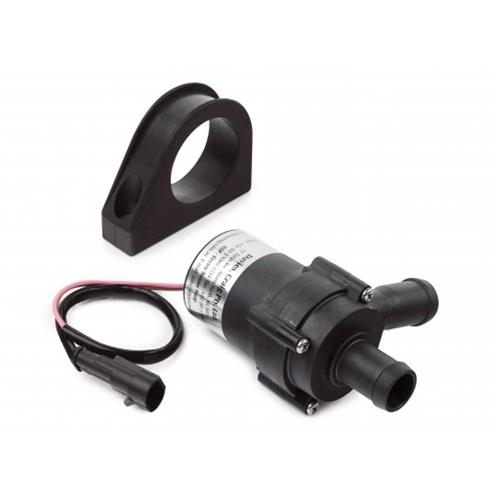Kim Haun
Supporter
I finally tried the heater in my RCR GT40 and found the coolant isn't circulating through the heater core the way I have it plumbed. I referenced another GT40 build and plumbed the heater core as illustrated in the attached photo. It seems there isn't sufficient pressure to circulate the coolant..I even disconnected the core outlet tube and left it open and very little coolant pushed through. With both hoses disconnected I could easily blow out what coolant that was in the system out with my breath. Do the fittings need to be angled with the flow to create adequate pressure? What has everyone else done that has had success with this? It is a Vintage Air Gen II system. Thanks!
Kim
.

Kim
.

